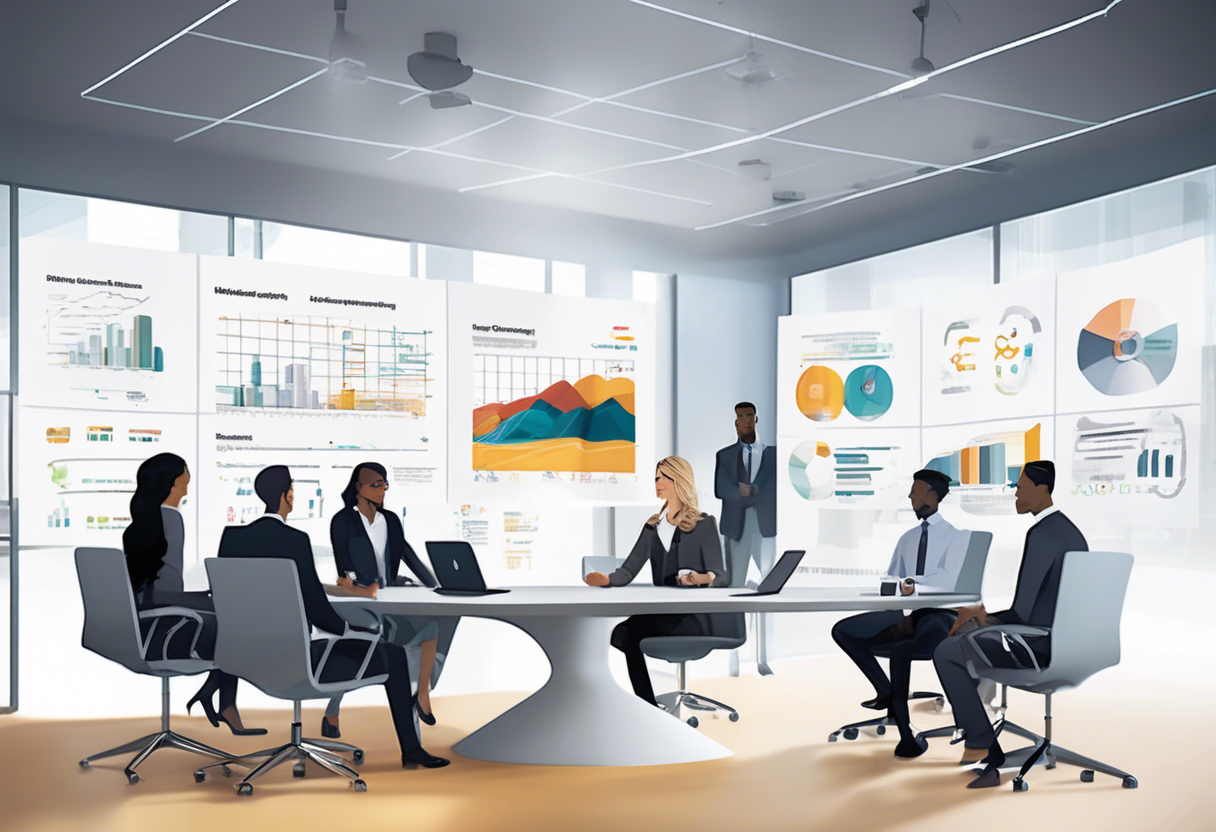
In business today, getting your team on the same page with your customer experience isn't just nice to have—it's crucial. Companies with engaged employees can see a 147% boost in earnings per share compared to their competitors. Impressive, right? When your team shares your customer-focused goals, good things happen. But how do you make this alignment work? Let's explore a guide that shows you how to sync your human capital strategy with customer experience. We'll cover everything from the importance of leadership to practical steps you can take. This article is your go-to for creating a workplace full of happy employees and customers. Let's get started!
Understanding the Importance of Aligning Human Capital Strategy with Customer Experience
Importance of Human Capital Strategy Alignment
Aligning your human capital strategy with customer experience is essential. Engaged and well-supported employees are the backbone of exceptional customer interactions. This alignment directly links how employees feel at work to how customers perceive your business source.
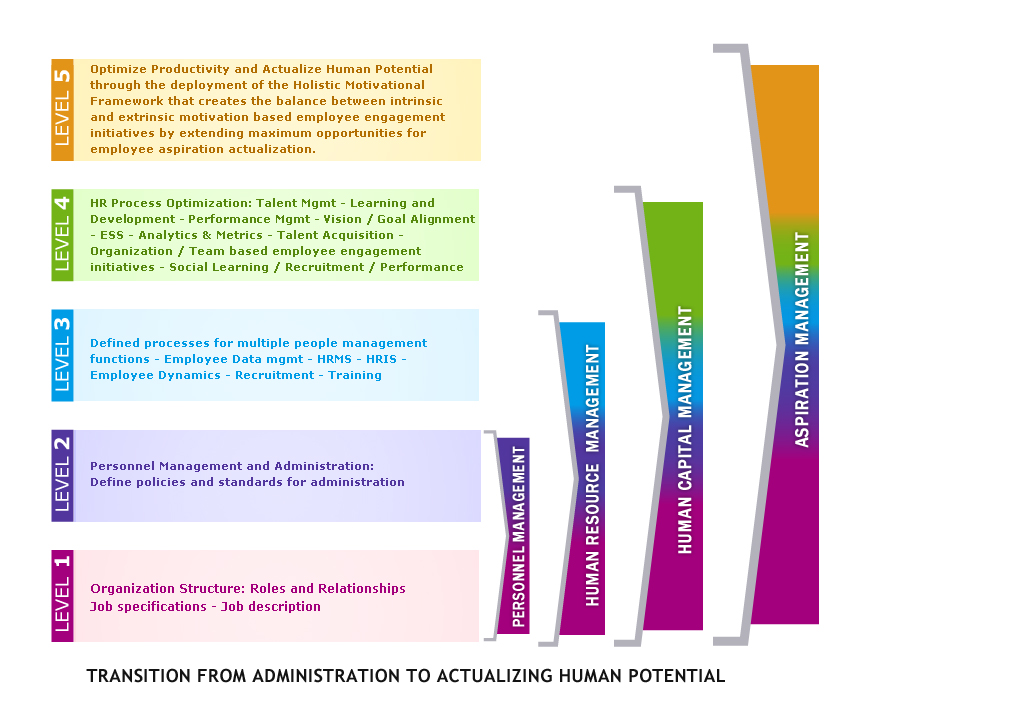
When HR and CX goals are in sync, they create a seamless connection between internal operations and customer satisfaction source. A culture that prioritizes people—emphasizing well-being, growth, and happiness—enhances engagement and retention, naturally leading to happier customers source.
Moreover, when HR strategy aligns with business strategy, it increases employee involvement and loyalty, which in turn boosts customer satisfaction and can even expand market share source.
Consequences of Human Capital Strategy Misalignment
When human capital strategy and customer experience are misaligned, it can result in disengaged employees who do not deliver excellent service, negatively impacting customer perception source.
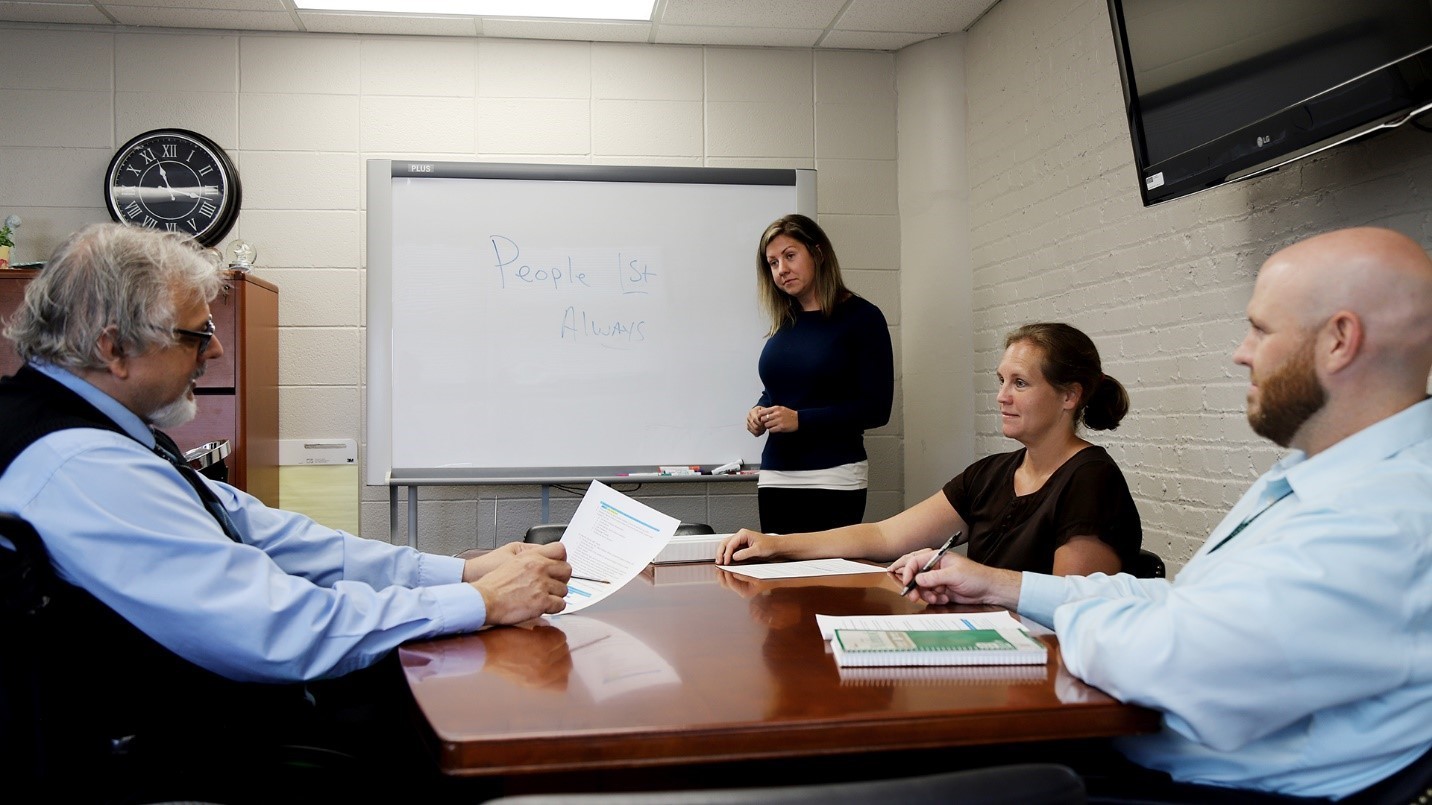
If HR strategies are developed without considering business goals, they may focus on internal metrics that do not benefit the business or customers source. Lack of alignment can lead to higher turnover, reduced productivity, and missed opportunities for developing talent that drives customer-focused innovation source.
Additionally, if HR objectives are not clearly linked to business goals, it becomes difficult to track progress or demonstrate how HR contributes to customer experience and overall success source.
Step-by-Step Guide to Aligning Human Capital Strategy with Customer Experience
Define Business and Customer Experience Goals for Human Capital Strategy
To synchronize your human capital strategy with customer experience (CX), begin by clearly understanding and setting your business and CX goals. Consider what makes your company stand out—whether it's innovation, unique products, low prices, top-notch service, or happy customers. This forms the backbone of HR's mission, ensuring alignment with the big picture.
For example, if your goal is to boost customer satisfaction through great service, HR should focus on hiring and training individuals with strong customer service skills and set performance goals that match.
Determine Primary Business Focus for Human Capital
Pinpoint your primary business focus for the upcoming period. Whether it's expanding markets, cutting costs, launching new products, or improving services, these should guide HR's strategy. Engage with leaders about how different units plan to achieve their targets. Understand resource allocation and potential hurdles so HR can support these aims effectively. This collaboration ensures your human capital strategy not only aligns but actively contributes to reaching company goals.
Evaluate Employee Experience to Enhance CX Alignment
Map out the employee journey from start to finish to identify any obstacles that might affect both employee and customer experiences. This deep dive helps uncover where employee experiences might be impacting CX.
For example, surveys and interviews can provide direct feedback on what employees care about, such as recognition, work-life balance, and workflow issues. These insights reveal how employees perceive their roles and their impact on CX.
Examine Customer Feedback for CX Gaps
In addition to employee feedback, examine customer feedback to identify gaps between what employees deliver and what customers expect. For instance, surveys might reveal that employees feel undervalued, which can decrease motivation and harm customer interactions. Addressing these gaps aligns employee experience with customer expectations.
Foster Cross-Functional Collaboration for CX Goals
Getting HR, customer service, sales, and operations to collaborate is crucial for aligning employee efforts with CX goals. This teamwork ensures everyone's contribution towards enhancing CX.
Promote Collaborative Problem-Solving for CX
Regular meetings and workshops where different departments share ideas and strategies are essential. Encouraging joint problem-solving sessions allows different perspectives to tackle challenges and develop solutions that enhance both employee and customer experiences. For instance, a workshop with HR and customer service could develop a training program to address customer issues identified by frontline staff.
Create HR Strategy with Customer-Centric Values
An HR strategy focused on customer-centric values is essential for aligning human capital with CX. This involves weaving these values into HR processes like hiring, onboarding, training, and performance management.
Align HR and Business Goals for Customer Satisfaction
Aligning HR goals with business objectives aimed at customer satisfaction and service excellence reinforces the importance of CX. For example, hiring criteria might favor candidates with proven customer empathy and problem-solving skills to support a customer-focused culture.
Implement CX-Focused Employee Development Programs
Introducing job rotation and shadowing allows employees to experience different roles and customer interactions, building empathy and understanding. These programs help employees appreciate colleagues' challenges and contributions and understand the customer journey from various perspectives.
Develop Ongoing Learning for Customer Empathy
Ongoing learning initiatives focusing on customer empathy, communication, and service excellence are crucial. These programs should deepen employees' understanding of customer needs and their ability to deliver outstanding service.
Align HR Metrics with Customer Experience Outcomes
Setting key performance indicators (KPIs) that directly link employee actions and results to CX metrics, like satisfaction scores and retention rates, is vital for aligning HR efforts with CX.
Utilize Data Analytics for HR and CX Insights
Using data analytics to track progress against these KPIs offers insights into how HR initiatives affect CX. Regularly reviewing performance data helps identify trends and areas for improvement, ensuring human capital efforts directly enhance customer satisfaction.
Integrate Employee and Customer Journey Mapping for CX
Overlaying employee and customer journey maps is a powerful method to identify touchpoints where employee experience impacts customer experience. This process helps visualize interactions and spot gaps and opportunities for better service.
Conduct Workshops for Journey Mapping Improvements
Conduct cross-functional workshops to analyze these maps and develop process improvements that benefit both employees and customers. For example, mapping might reveal that delays in internal approvals frustrate both employees and customers, prompting streamlined processes to improve both experiences.
Reinforce Customer-Centric Culture Through Communication
Embedding CX values into internal branding and communications keeps the customer focus top of mind for everyone. This could involve incorporating CX messaging in company communications, visual displays, and employee recognition programs.
Sustain a Culture of Excellent Customer Service
Maintaining a culture of excellent service through regular recognition, storytelling, and leadership reinforcement is crucial. Regular internal newsletters highlighting employee stories of great customer service can reinforce desired behaviors and inspire others.
Regularly Review and Adapt HR Strategy for CX Alignment
Regularly reviewing and adjusting the HR strategy is crucial for aligning with changing business and customer needs. Reassessing employee feedback, customer insights, and business goals ensures HR strategies remain aligned and effective.
Agile HR Strategy for Evolving Business Needs
Being agile enough to respond to evolving business needs and customer expectations by updating HR initiatives is essential. For example, quarterly strategy reviews that incorporate new customer feedback can lead to updated training modules focused on new service issues.
Step 1: Establish Clear Objectives for Human Capital and CX
The first step in aligning human capital strategy with CX is to set clear objectives. These should be specific, measurable, and time-bound, outlining what you want to achieve in terms of CX and how human capital can help.
Engage Stakeholders in Setting Objectives
Involving key stakeholders in this process ensures the objectives are comprehensive and in line with the overall business strategy. An objective might be to boost customer satisfaction scores by 10% within a year through targeted employee training.
Step 2: Integrate Customer-Centric Values in HR
Embedding customer-centric values into HR processes is key for creating a culture that prioritizes CX. This means weaving customer-focused skills into hiring, onboarding, performance management, and rewards systems.
Reflect CX Importance in HR Practices
Ensure job descriptions, interview questions, and performance reviews reflect the importance of customer satisfaction and service excellence. For example, performance reviews might include metrics on the quality of customer interactions and responsiveness.
Step 3: Foster a People-First Culture for CX
Building a people-first culture is vital for aligning human capital with CX. This means fostering a culture that values employee well-being, engagement, and development as the foundation for delivering excellent customer experiences.
Implement Employee Well-Being Programs
Implementing well-being programs and recognizing employees who embody the company’s customer-centric values creates a supportive environment where employees are motivated to deliver exceptional service.
Step 4: Utilize Technology for HR and CX Alignment
Using technology is key to achieving real-time alignment between human capital strategy and CX. Adopting HR technologies that provide real-time data on employee performance and engagement linked to customer outcomes is essential.
Leverage Real-Time Data for HR Adjustments
For example, using performance management software to track and adjust employee goals aligned with customer satisfaction metrics can provide real-time insights into employee and customer interactions, enabling quick adjustments and improvements.
Step 5: Evaluate and Refine HR Strategy for CX Impact
Finally, measuring and adjusting the human capital strategy ensures ongoing alignment with CX. Regularly evaluating the effectiveness of HR strategies in improving CX and adjusting based on data and feedback is crucial.
Continuous HR and CX Strategy Refinement
Quarterly reports comparing HR initiatives with CX KPIs can lead to strategy refinements to address gaps. Continuously refining the strategy to tackle new challenges and opportunities ensures human capital remains a driving force behind exceptional CX.

By following these steps, organizations can create a solid framework that aligns human capital strategy with CX, driving business impact and credibility. This comprehensive, ongoing process emphasizes continuous collaboration, data-driven decision-making, and embedding customer-centric values into all HR practices, ultimately enhancing both employee and customer experiences.
Understanding the importance of aligning HR strategy with business strategy can provide further insights into this process. Additionally, exploring how employee experience and customer experience are interlinked can highlight the benefits of a coherent approach to both.
Leadership's Role in Aligning Human Capital Strategy with Customer Experience
Leadership's Influence on Organizational Culture
Good leadership is key to ensuring that a company's people strategies align with its mission and goals. Leaders, particularly CHROs, play a critical role in shaping the culture of an organization. By focusing on people, they empower employees with the tools necessary to become strong and adaptable.
Developing leaders involves a comprehensive approach that spans from hiring to career growth, preparing them for future challenges. It is essential to align leadership styles with a culture that fosters innovation and flexibility to achieve success.
CHROs drive change by concentrating on leadership development, enhancing the employee experience, and establishing clear values and behaviors. These elements collectively support a high-performance culture. Learn more.
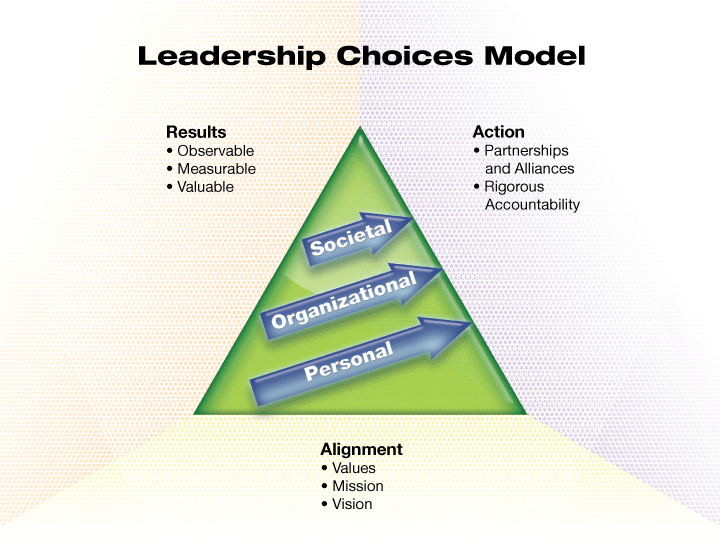
Importance of Cross-Functional Collaboration in Human Capital Strategy
For human capital strategies to be effective, CHROs must collaborate with other top executives, including CEOs, CFOs, CTOs, and CMOs. Each leader contributes uniquely:
- CEO: Offers strategic guidance.
- CFO: Manages resources.
- CTO: Addresses technological needs.
- CMO: Oversees communications.
Incorporating customer feedback into these strategies ensures that workforce capabilities align with customer expectations, enhancing satisfaction. HR leadership has evolved into a strategic partner role, aligning HR plans with business objectives to cultivate a high-performance culture.
CHROs act as talent architects, ensuring that the workforce adapts to business transformations such as mergers or digital transitions. Discover more.
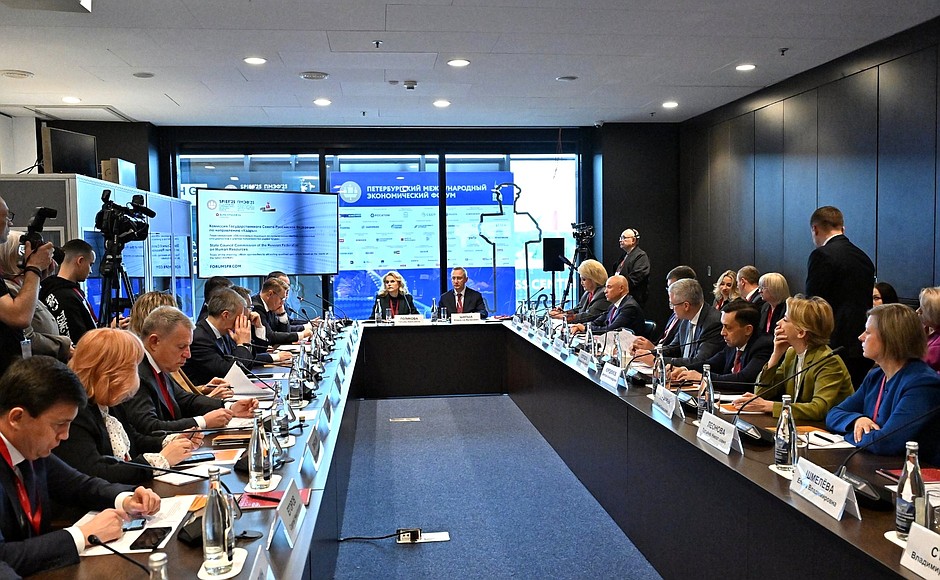
FAQ Section
How Can HR Practices Be Tailored to Enhance Customer Satisfaction?
Human Capital Management (HCM) is key in connecting HR practices with customer satisfaction. It blends HR tasks with the business strategy, viewing employees as vital assets. This boosts service quality and customer happiness. Human Capital Management
By customizing HR practices like hiring, onboarding, training, and performance management, employees are better equipped and motivated to offer great customer experiences. Plus, when you invest in employee growth and align talent strategies with business goals, it positively affects the customer experience. Disprz
Key Metrics for Aligning Human Capital Strategy with CX Goals
To sync HR with customer experience (CX) goals, keep an eye on metrics like employee engagement and retention rates. More engaged employees often lead to better customer service and satisfaction. People Managing People
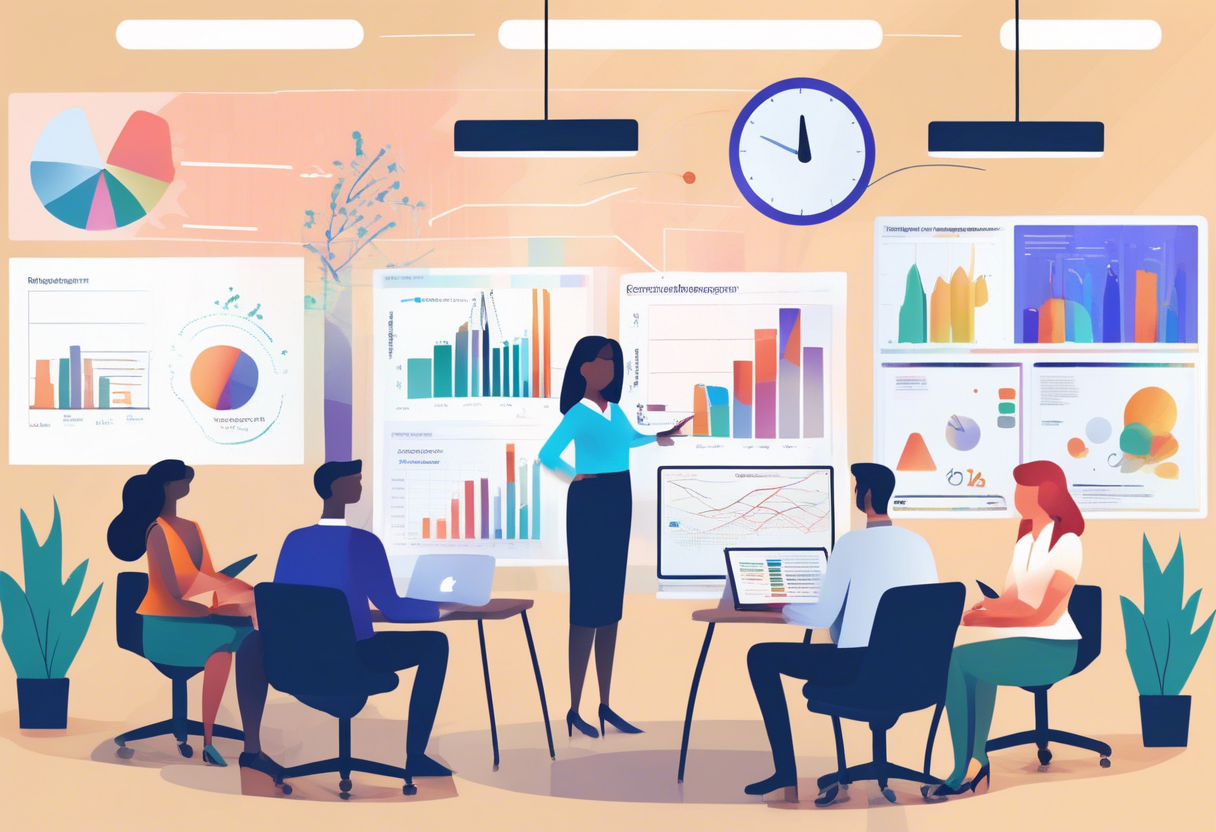
Performance management metrics, such as goal achievement and feedback effectiveness, ensure employees positively impact the customer experience. Lift HCM
Additionally, workforce planning and analytics help match talent skills with CX goals, while succession planning metrics check if future leaders can uphold or boost customer standards.
Impact of Employee Engagement on Human Capital Strategy and CX
When employees are engaged, they're more motivated and productive, leading to better interactions with customers and higher satisfaction. People Managing People
HCM highlights employee engagement as crucial, understanding that engaged employees drive growth and better service. Disprz
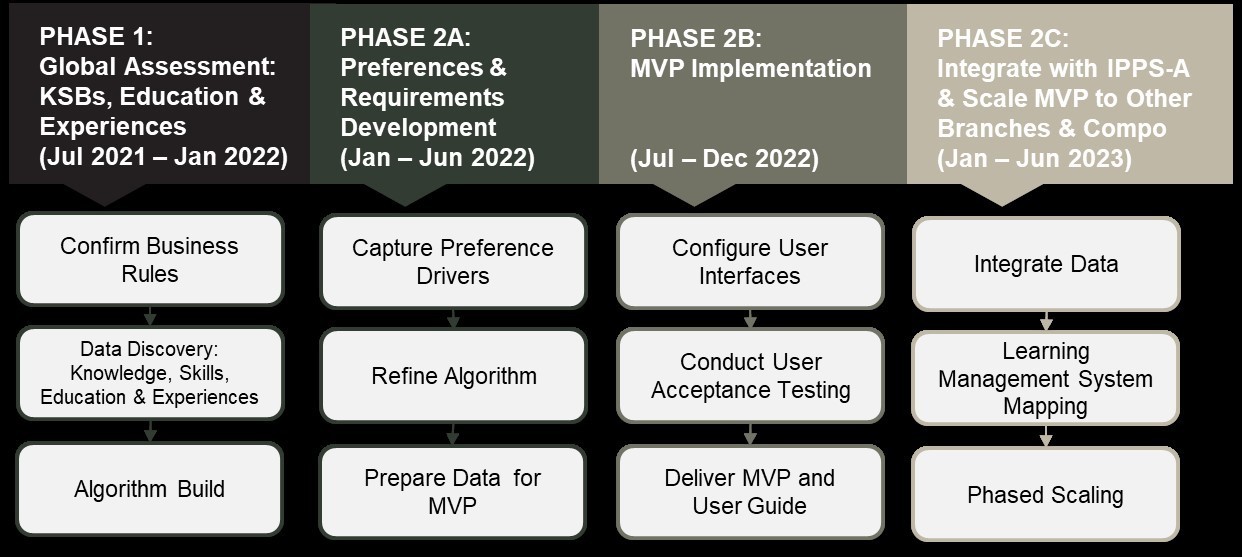
Employees who feel valued and supported through effective HCM practices, like training and fair pay, are more likely to provide top-notch customer experiences. Lift HCM